UC Berkeley researchers have developed what they claim is the world’s smallest drone—a 21-milligram, battery-free device powered entirely by magnetic fields. The insect-scale flying robot is approximately one-third the weight of a honeybee and measures just 0.9 centimeters in diameter, making it more than three times smaller than any previous flying micro-robot, according to a recent report from Yanko Design.
Innovative Magnetic Propulsion System
The micro-drone employs a unique two-magnet system that functions as both its propulsion mechanism and flight controller. When subjected to externally applied magnetic fields, these magnets spin to generate lift, while precise steering is accomplished by adjusting the strength and direction of the field. This represents a significant departure from conventional drone designs that rely on batteries, motors, and either propellers or flapping mechanisms.
Developed by researchers Wei Yue and Liwei Lin at UC Berkeley, this approach effectively addresses one of the most persistent challenges in micro-robotics: power supply. Traditional batteries are simply too heavy for insect-scale flight, with even the smallest power cells adding prohibitive weight to such diminutive platforms.

Technical Achievements and Size Advantage
The elimination of onboard power storage through external magnetic field propulsion has unlocked new possibilities in micro-robotics. By transferring the power source to an external system, the researchers have created a fully wireless micro-drone capable of hovering, directional movement, and navigation through confined spaces.
At 0.9 centimeters in diameter and weighing just 21 milligrams, this micro-drone significantly outclasses its closest competitors in the flying micro-robot category. This extreme miniaturization isn’t merely an academic achievement—it potentially enables access to environments previously unreachable by robotic systems.

Practical Applications and Current Limitations
The Berkeley micro-drone’s capabilities suggest numerous potential applications across various industries. Like bees pollinating flowers, the robot can be directed to contact small targets with remarkable precision—a capability that could prove valuable for artificial pollination, environmental monitoring, or search-and-rescue operations in tight spaces.
The micro-drone’s compact size could allow it to navigate confined environments such as ventilation systems, collapsed structures, pipe networks, or even the interior of complex machinery. However, the current model remains dependent on powerful external magnetic fields, which are relatively easy to generate in laboratory conditions but present significant challenges in field deployment. This constraint currently limits practical applications outside controlled environments.
Future Development Pathways
UC Berkeley’s team is already exploring further miniaturization, with goals of achieving sub-millimeter dimensions where weaker electromagnetic fields—or potentially even radio waves—might provide sufficient power for flight. The researchers are also considering swarm applications, where hundreds of these micro-drones could coordinate like insect colonies to accomplish complex tasks through collective behavior rather than individual capability.
This isn’t Berkeley’s first venture into biomimetic robotics. The same research group has previously developed cockroach-inspired robots capable of navigating under obstacles and withstanding compression, as well as cooperative micro-robots that can form connections similar to swarming insects. What distinguishes this latest project is its remarkable simplicity—no sensors, wiring, or batteries—just an elegant application of magnetic principles.

Industry Context and Competitive Landscape
The Berkeley micro-drone represents a different approach to the challenges of micro-robotics compared to other recent developments. While previous approaches have focused on optimizing conventional power systems, Berkeley’s innovation lies in eliminating the battery entirely—a potential paradigm shift in how micro-robotic systems might be powered and controlled.
This development occurs against a backdrop of growing interest in micro-Drone Technology. The source article specifically references MIT’s insect-sized winged drones that achieved a flight time of 17 minutes, demonstrating a different approach to the same challenge of miniaturized flight.
DroneXL’s Take
Berkeley’s magnetic micro-drone represents a fascinating example of lateral thinking in drone design. By challenging the fundamental assumption that autonomous flight requires onboard power storage, the researchers have opened new possibilities for extreme miniaturization. While still primarily a laboratory demonstration, this approach offers an alternative path to conventional battery miniaturization efforts.
The reliance on external magnetic fields does present significant deployment challenges, but could potentially lead to novel operational concepts for specialized applications. As this technology develops, it will be interesting to see whether it remains a specialized solution or represents the beginning of a broader shift toward externally powered micro-robotics.
Photos courtesy of Yanko Design.
Discover more from DroneXL.co
Subscribe to get the latest posts sent to your email.


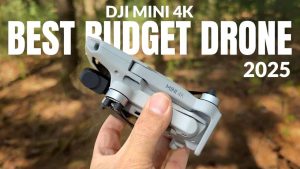
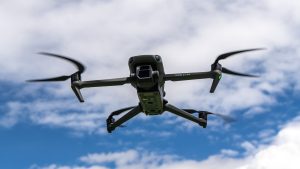

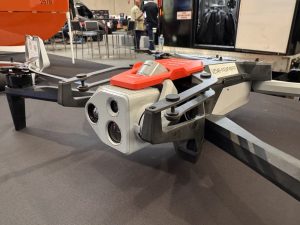
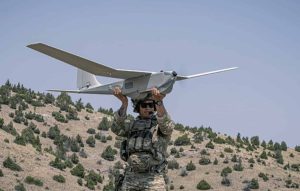
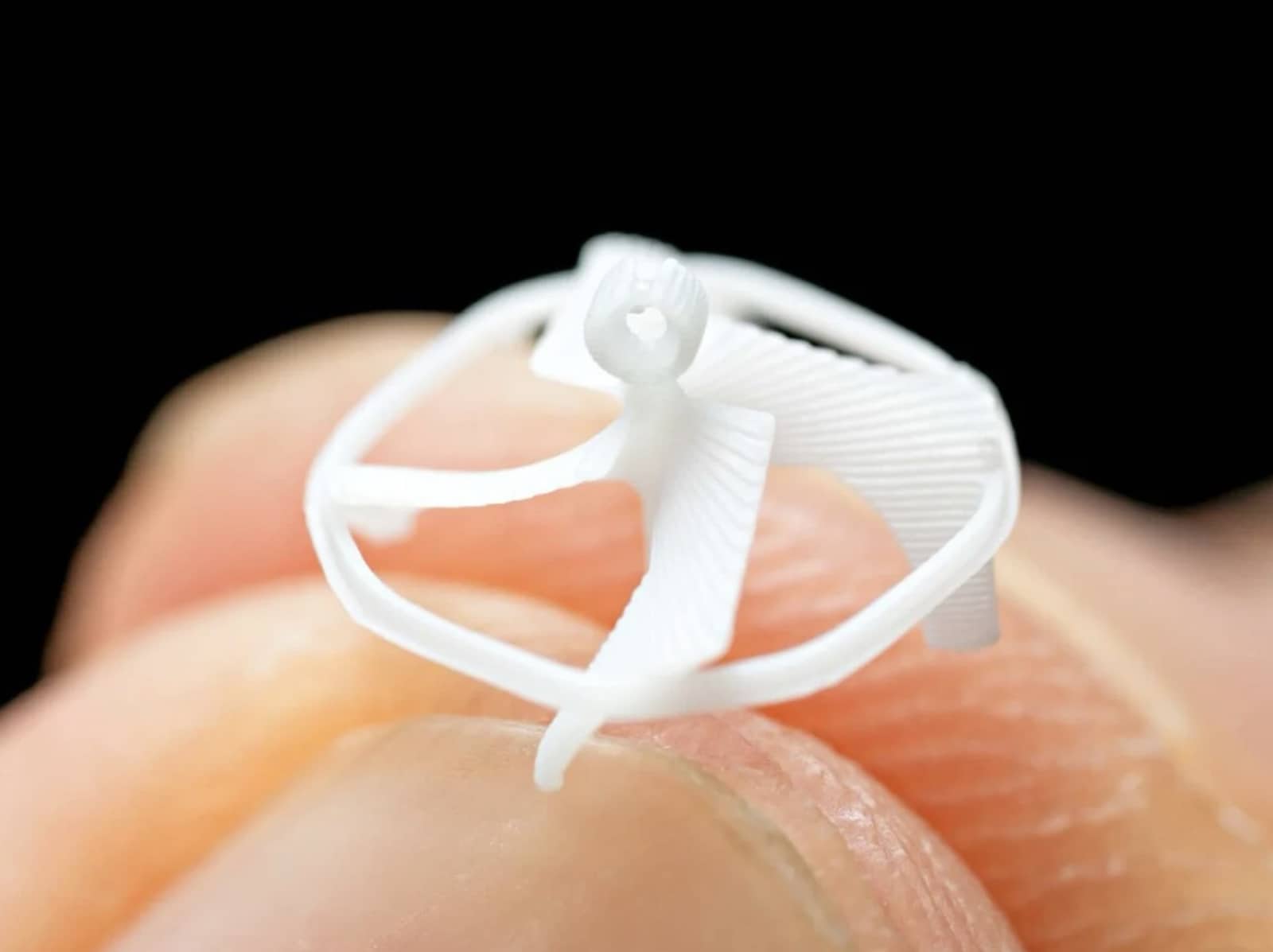
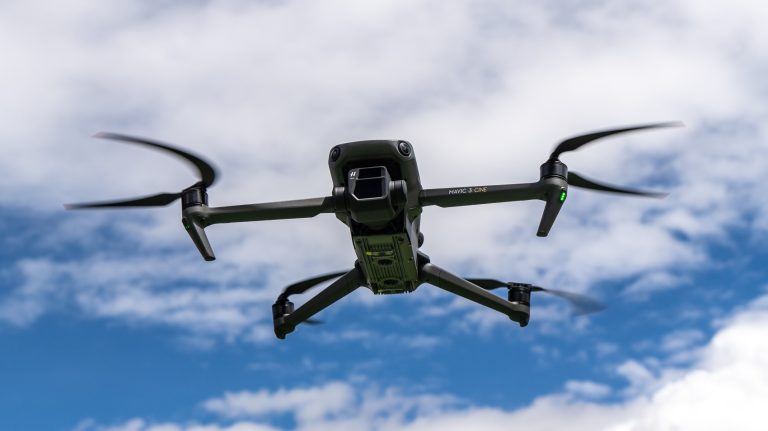
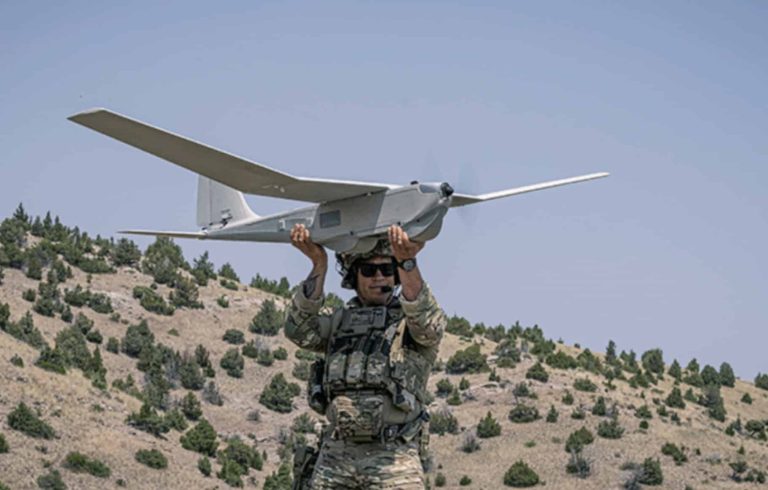
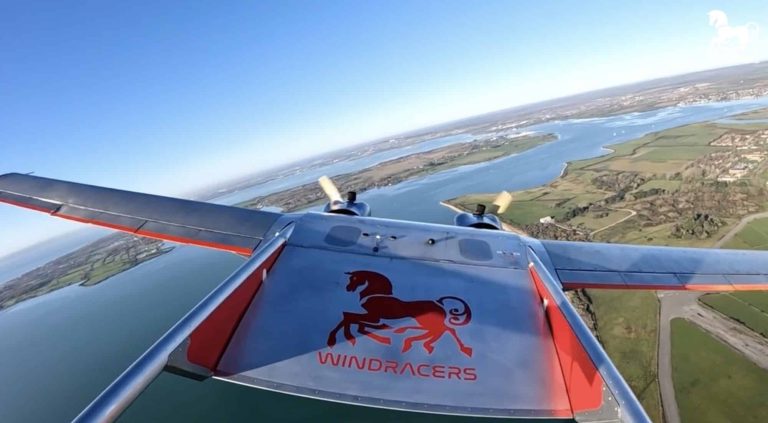

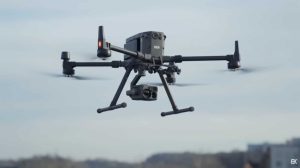
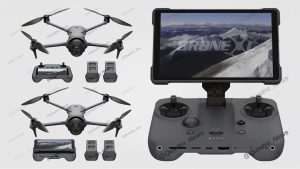
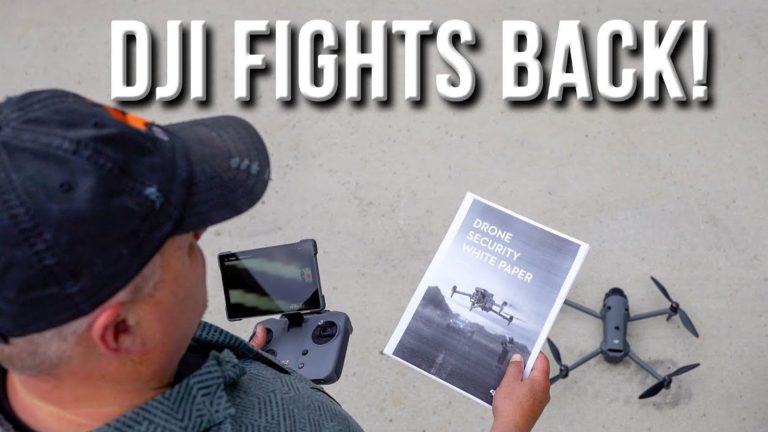
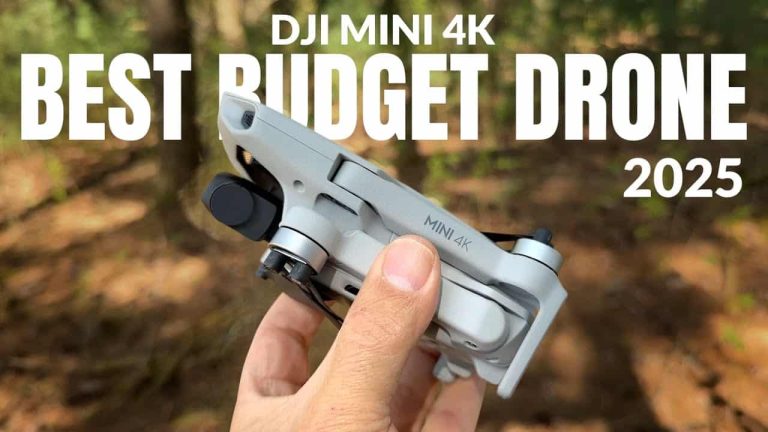

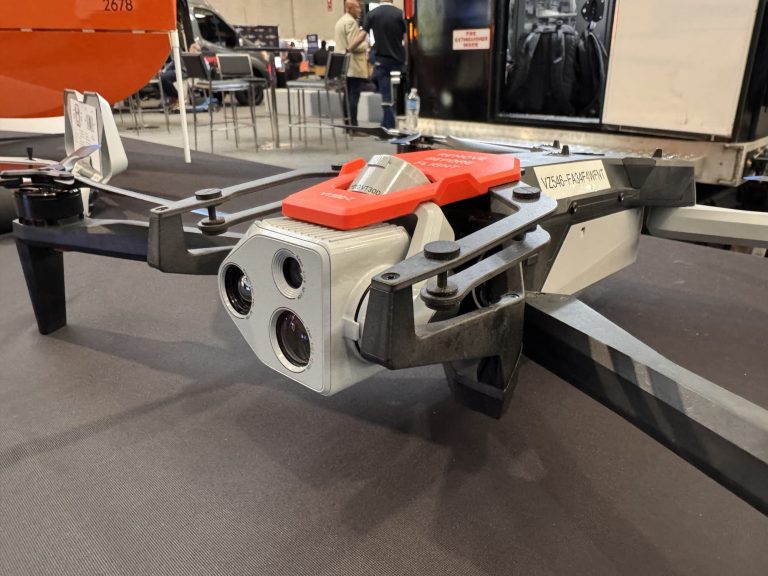
+ There are no comments
Add yours